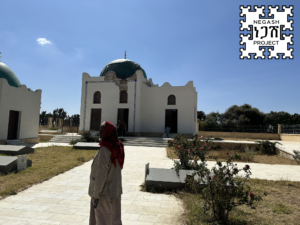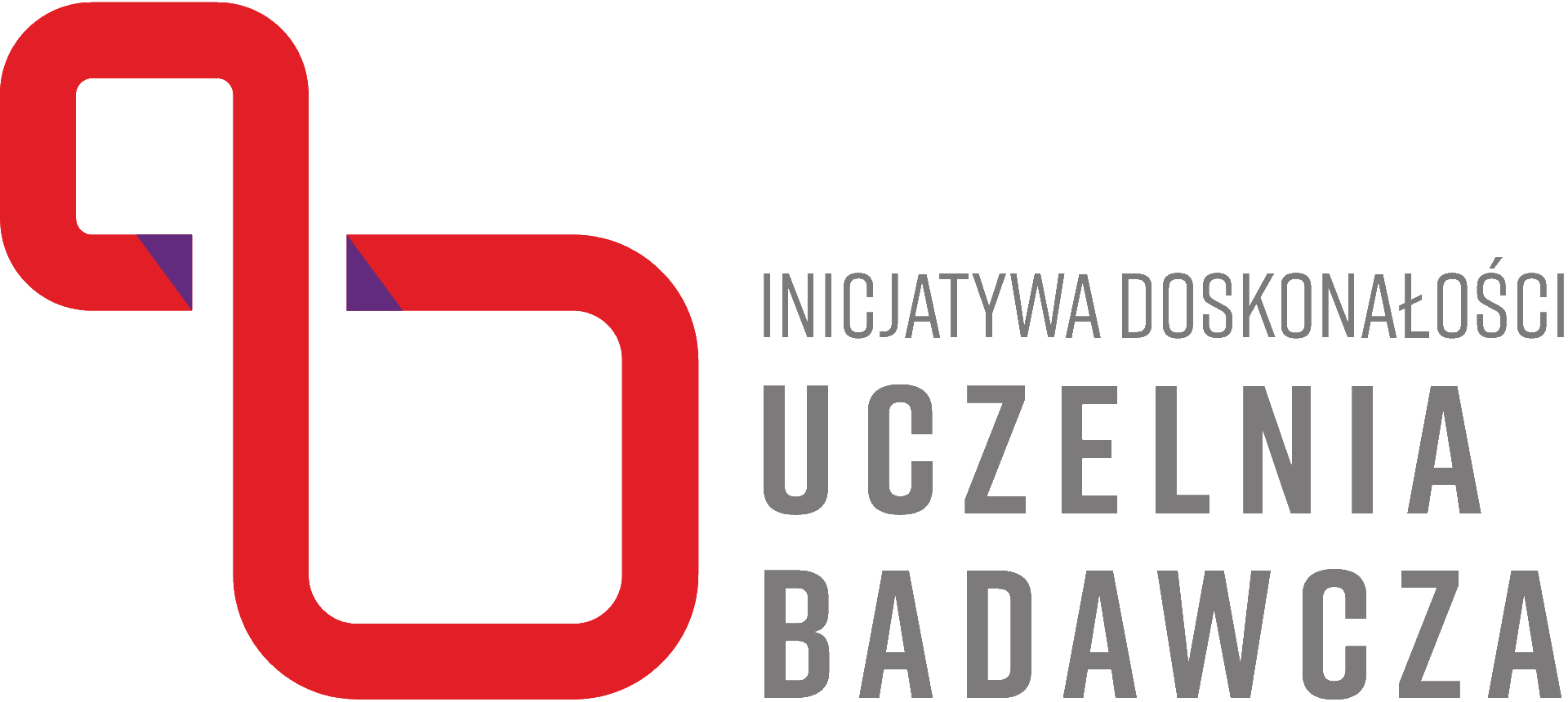Negash Project
In Tigray, the northernmost regional state of Ethiopia, lies the most important Islamic holy place in the Horn of Africa – a small village Negash, between Mekelle with Addigrat. It was here that companions of the Prophet Muhammad found refuge from persecutions for their belief during the so-called first hijra in 615, welcomed by the righteous king of Aksum, Al-Negashi. From these events, the most revered tradition about the origins of Muslims in north-east Africa derives, and Negash became an important destination for Muslim pilgrims, considered by Ethiopian Muslims as “the second Mecca”.

The shrine of Al-Negashi damaged during the war in Tigray.
The modern holy compound is of a relatively recent date, but according to a vivid local tradition, the actual settlement of the Muslim incomers was situated farther west of it. It is that settlement that will be the focus of an interdisciplinary research project in Negash initiated by researchers from the University of Warsaw a in cooperation with Mekelle University.
The research is based on three pivots: pre-modern settlement in the region of Negash (particularly that related to the first hijra), the figure of Al-Negashi and on the coexistence of Muslims and Christians in the area. Since the settlement lies on the intersection of ancient trade routes, the research may also expand the knowledge of ancient trade and cultural exchange networks that encompassed Africa and the East.
The project applies an interdisciplinary approach, including archaeological search for traces of the first settlers, historical investigation concerning Al-Negashi and ethnographic research on local community to shed light on the actual meaning and significance of that events for later generations. In the wider perspective, the research is intended to enhance the tourism potential of the area and the heritage awareness among the local population.

The 2024 field visit in Negash.
In November 2024, a field visit, aimed at identification of the most interesting zones for the next stages of the project, has been conducted by Kamil Kuraszkiewicz, Zuzanna Augustyniak (both University of Warsaw); Wolbert Smidt (Mekelle University); Desta Haileyesus (Mekelle University); Mearg Abay Abebe (MA student in archeology and African Studies, and Ph.D. candidate at the University of Warsaw) and Berihu Gebremedhin (wereda representative).

Remains of the mosque.
Three areas with clear evidence of pre-modern settlement have been identified, all of them on top of hills: remains of a mosque, ruins of a large, complex “house on the hill”, and of the so-called “sheikh house”. As part of the visit, several members of the local community were inquired, including the imam and the shaikh’s son, as well as the team responsible for the renovation of the modern mosque.

Ruins of the “sheikh house”.
The next phase of the project will include clearing and documentation of the structures and the ethnographic investigation.

